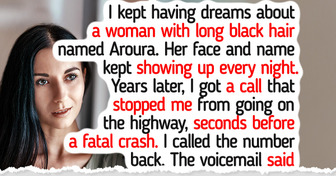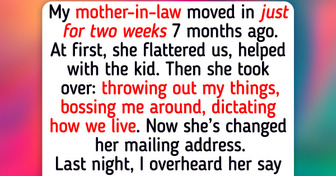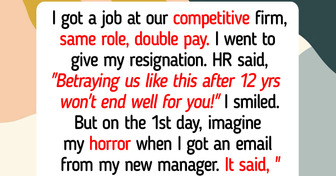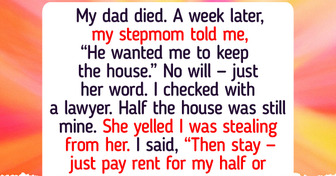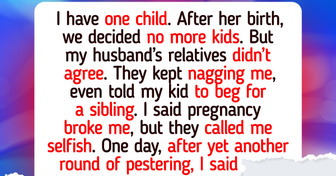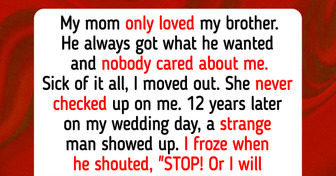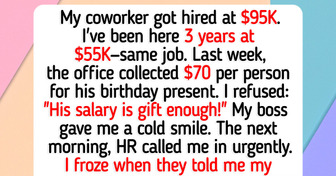I Refuse to Help My Homeless Mom After She Spent All Her Retirement Money on My Sister
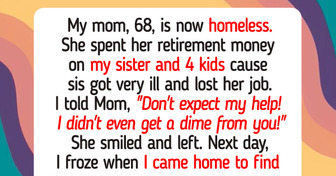
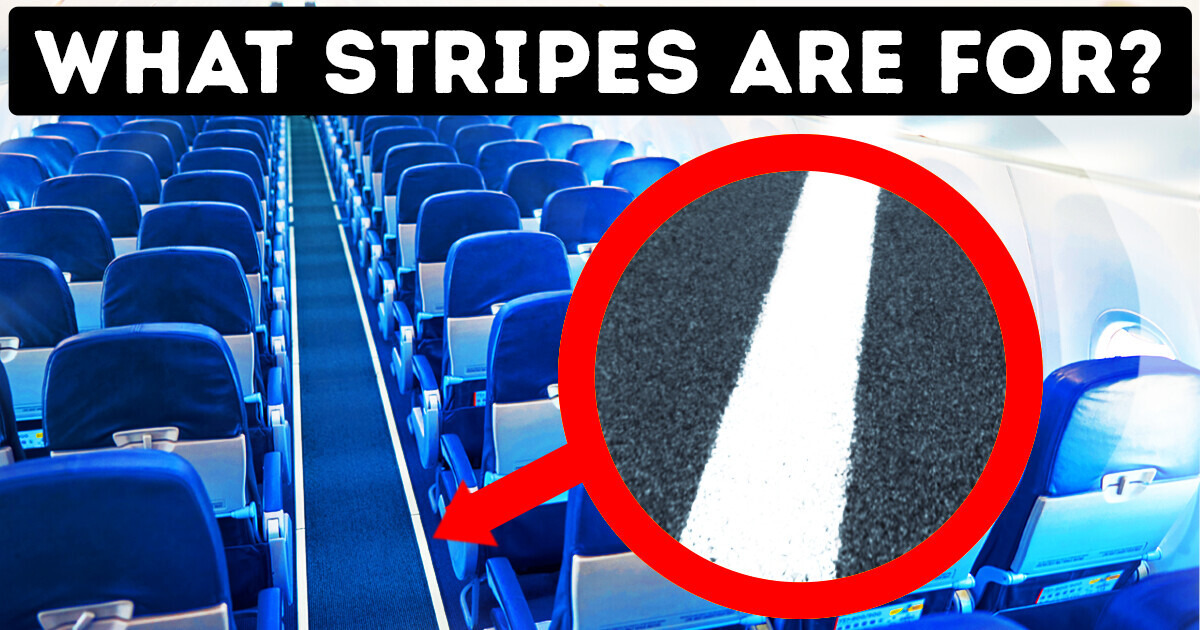
That little yellow hook you can see from the airplane’s window if you’re sitting next to the wing is there to help you in case of an emergency landing.
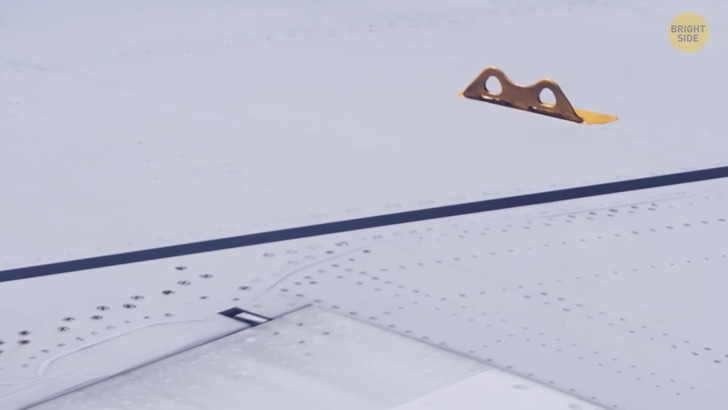
Inflatable slides can only be deployed from the emergency exit doors in the front and the tail of the plane. In the middle, the passengers would have to walk right out on the wing and get to the ground from there. But jumping from the plane wing isn’t safe because it’s just too high. And here’s when those little yellow hooks come in handy. The flight attendants tie ropes from the doors and through the loops for the passengers to hold on to. This way, everyone can safely get to the ground without injuries.
Try to avoid cozying up under airplane blankets. Some airlines only wash them about once a month. Better use your own travel blanket, a scarf, or a jacket. And always remember to wear your shoes while walking around the plane: that carpet on the floor can’t and won’t be cleaned to perfection between flights — it’s just too much time and effort for the cabin crew.
The dirtiest place on a plane isn’t the bathroom — it’s your tray table! It has 8 times more bacteria than an on-board toilet flush button.
In case of an emergency, oxygen masks only have enough airflow to last for about 15 minutes. Luckily, it’s just the amount of time a plane needs to find a suitable landing place or to at least descend to the altitude where people won’t need oxygen masks anymore.
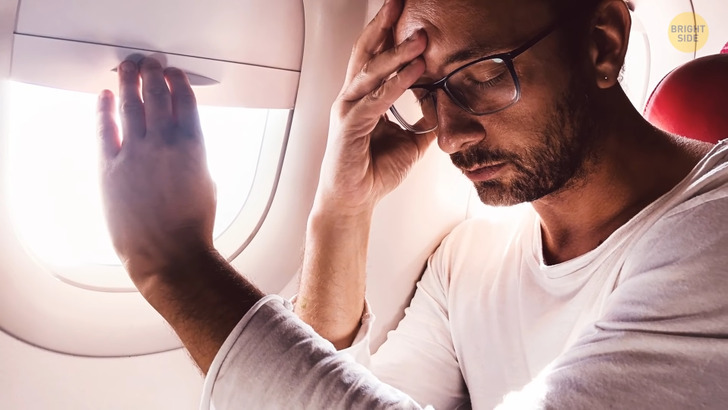
You may wonder why you’re asked to lift your seat back and close your tray table before takeoff and landing, but it’s for your own safety. A reclined seat is comfy for you, but it makes it harder for the passenger behind you to get out of their seat, which is crucial in case of emergency. The lowered tray table is the same way, only this time it’s you who won’t be able to stand up fast enough if anything happens.
Besides, the tray table prevents you from assuming the secure position in the event of an emergency landing. This position requires you to bend over in your seat, put your head between your knees, and cover the back of your head with your hands. Imagine doing that while your tray table is open.
If you look around the cabin, you’ll notice little black or red triangles around the midsection of the plane. These stickers let the flight attendants know where the plane wings are located, so they can immediately look out the right window to see if something’s amiss outside.
You shouldn’t lower the window shades while taking off, taxiing, or landing for two reasons. First, the flight attendants must always be able to monitor the situation outside, and opened shades help them with that, obviously. Second, if something’s wrong on board the plane while it’s on the ground, for example, a fire, the ground crews won’t be able to see it and evaluate the situation before going in unless the windows are open.
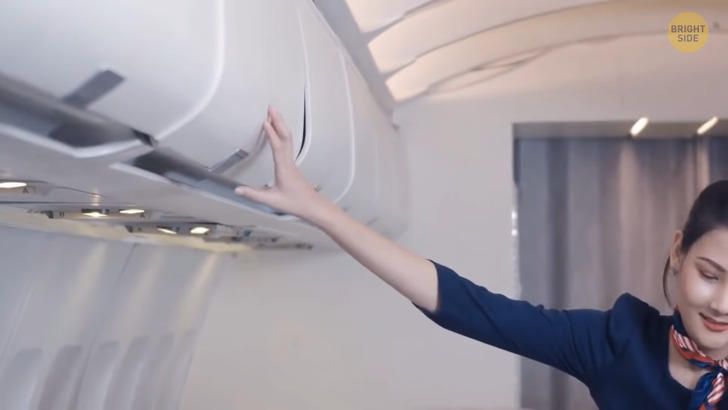
That tiny hole you can see at the bottom of any airplane window isn’t there to scare you nuts. In fact, it helps keep the pressure from the inside and the outside of the window equalized. The hole itself is only made in the second layer of glass, and there are three of them overall, which also helps with security, by the way. Even if the outer glass breaks, there will still be two more to keep you safe.
You might see flight attendants touching the overhead compartments while they’re walking along the aisle, but that’s not exactly what they do. Right beneath the compartments, there’s usually a handrail that goes all the way through the cabin, so you can also use this trick to stay firmer on your feet in the aisle.
The pilots dim the lights in the cabin during nighttime not for you to get cozy and sleepy. Our eyes have a hard time adjusting to darkness in the first few minutes of sudden lights-out. And in case of emergency, every second matters. So the lights get dimmed to let you get used to darkness in case something happens and you have to act fast.
Pay attention to the aisle floor too. If there’s an emergency landing at night, there will be two luminescent strips along the aisle showing you the way to the exit — follow them to get safely out of the plane.
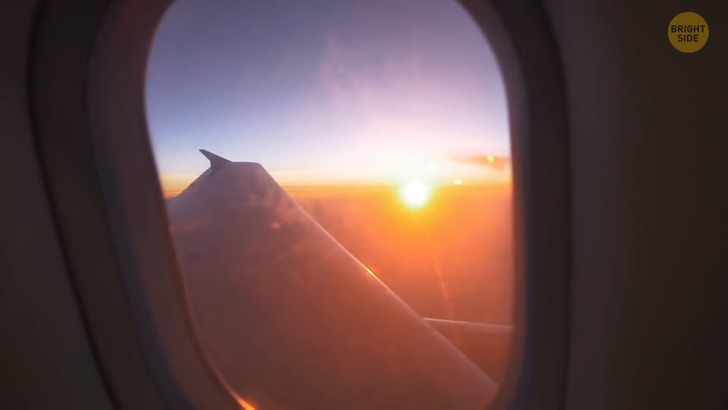
Flight attendants also suggest counting the seats between you and the emergency exit once you’re seated. This will help you navigate in case there’s no other guidance available.
If a lightning bolt hits the plane, the passengers won’t feel it. The entire aircraft is covered with an aluminum coating that conducts electrical current and doesn’t let it inside. This protection is tested using a lightning simulator.
Airplane windows are round because the air pressure is evenly distributed this way. If the plane’s windows were square, strong air currents would accumulate in the corners of the windows, depressurizing the cabin. And that’s bad.
Don’t think you become untouchable if you go to the airplane toilet. The bathroom door can be opened from the outside. There’s usually a small latch at the top of the door that allows cabin crew to get you out of there. It’s useful for both getting to people doing something suspicious in the bathroom and helping those who don’t feel well and, for example, collapsed while in the toilet. Yeah, let’s avoid doing that.
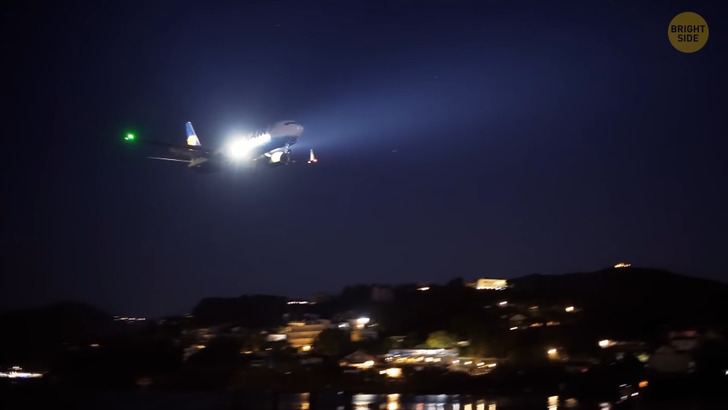
The plane’s wings flash red and green lights at night to show the direction the plane is heading in. A green light is always on the right wing and a red one is on the left.
Aircraft tires are designed to withstand 4-5 times more pressure than they actually experience upon landing. The wheel is more likely to break than the tire.
Pilots always have different meals. This is necessary to reduce the risk of food poisoning. The flight can still go well if one of the pilots has gone down because of a stale burrito, but not if it’s both of them. And try not to both of you eat the fish.
Some airlines don’t allow pilots to have beards. Facial hair can prevent securely fitting the oxygen mask. And pilots must always remain conscious.
The seats are blue in most aircraft because this color soothes people. It’s also easy to keep clean.
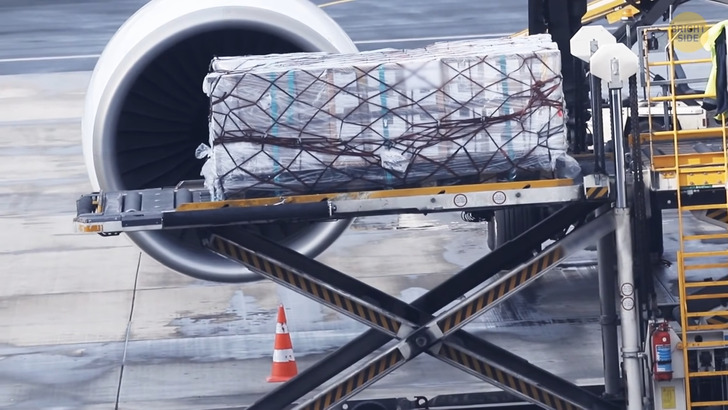
The rumbling noise you hear after boarding the plane is luggage being loaded on the plane. The compartment is right beneath the cabin, so it can sound quite loud sometimes.
On most flights longer than 7 or 8 hours, pilots have access to a specially designed rest seat in or near the cockpit. Flight attendants typically have a section of the cabin reserved for them, and it’s sometimes separated from the passenger areas. Some larger aircraft even feature private crew quarters above or below the main cabin.
The wings of most passenger aircraft are located at the bottom of the plane — it’s called a low wing. Firstly, if you install the engine under low wings, it will be closer to the ground and easier to repair. Secondly, the wings will take on part of the shock in case of a hard landing. And if the plane falls into the water, then the wings become a life-saving pillow. By the way, a plane can stay afloat from 10 minutes to 60 hours. It all depends on the model of the plane, weather conditions, and pilot’s skills.
Most airplanes are white because this color best reflects the sun’s rays and the aircraft body doesn’t heat up as much. Also, the damage is best seen on white. And white paint is simply cheaper.
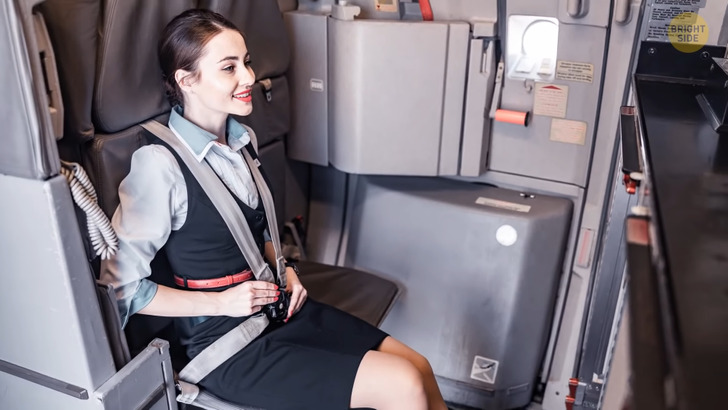
Shoulder straps seem more secure than just a waist belt, but not in the case of airplanes. When the plane gets into turbulence, it’s tossed a bit in the air. The waist belt will simply hold you in place in case of a more severe shake. Shoulder straps would require more space between the seats, and this is not justified on a plane. In a car, the impact is usually much stronger, so you need that shoulder strap not to whoosh through the windshield.
Flight attendants’ seats do have shoulder straps, but that’s because they are much less comfortable than passengers’ ones. They’re narrower and positioned facing the passengers. Flight attendants need extra protection simply not to fall off their seats if the plane shakes hard enough. Also, they have to help and direct people during potential evacuation, and for that they need to be in top shape.
Maybe you’ve noticed that you always enter the plane from its left side. Firstly, the captain usually sits on that side. This way, it’s easier for the captain to align the plane with the terminal jet bridge. Also, the aircraft is fueled and loaded with the baggage on the right side. If passengers come from the left, the crew can do their job undisturbed.

